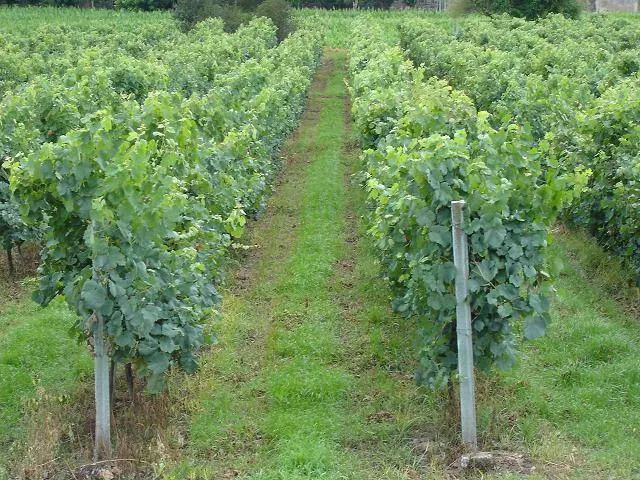"Vinho Verde" is a type of wine that comes from the Vinho Verde region in northwest Portugal. The name "Vinho Verde" translates to "green wine," but it doesn't refer to the color of the wine; instead, it signifies that the wine is meant to be consumed young, while it's still fresh and vibrant.
Key characteristics of Vinho Verde wines include:
Varietals: Vinho Verde is often a blend of several grape varieties. Common white grape varieties used include Alvarinho, Loureiro, Trajadura, and Avesso. There are also red Vinho Verde wines made from grapes like Vinhão, Padeiro, and Espadeiro.
Refreshing Acidity: These wines are known for their crisp and refreshing acidity, making them particularly enjoyable in warmer weather.
Low Alcohol Content: Vinho Verde wines typically have lower alcohol content, contributing to their light and easy-drinking style.
Slight Effervescence: Some Vinho Verde wines may have a slight effervescence, providing a subtle fizzy or spritzy quality.
Floral and Citrus Notes: White Vinho Verde wines often exhibit floral and citrusy aromas, with flavors of green apple, pear, and sometimes a hint of minerality. Red Vinho Verde wines may have berry and red fruit characteristics.
Versatility: Due to their lightness and versatility, Vinho Verde wines pair well with a variety of dishes, including seafood, salads, and light appetizers.
Remember that specific characteristics can vary depending on the grape varieties used and the winemaking style of individual producers within the Vinho Verde region. It's worth exploring different producers and vintages to experience the diversity within this wine category.

